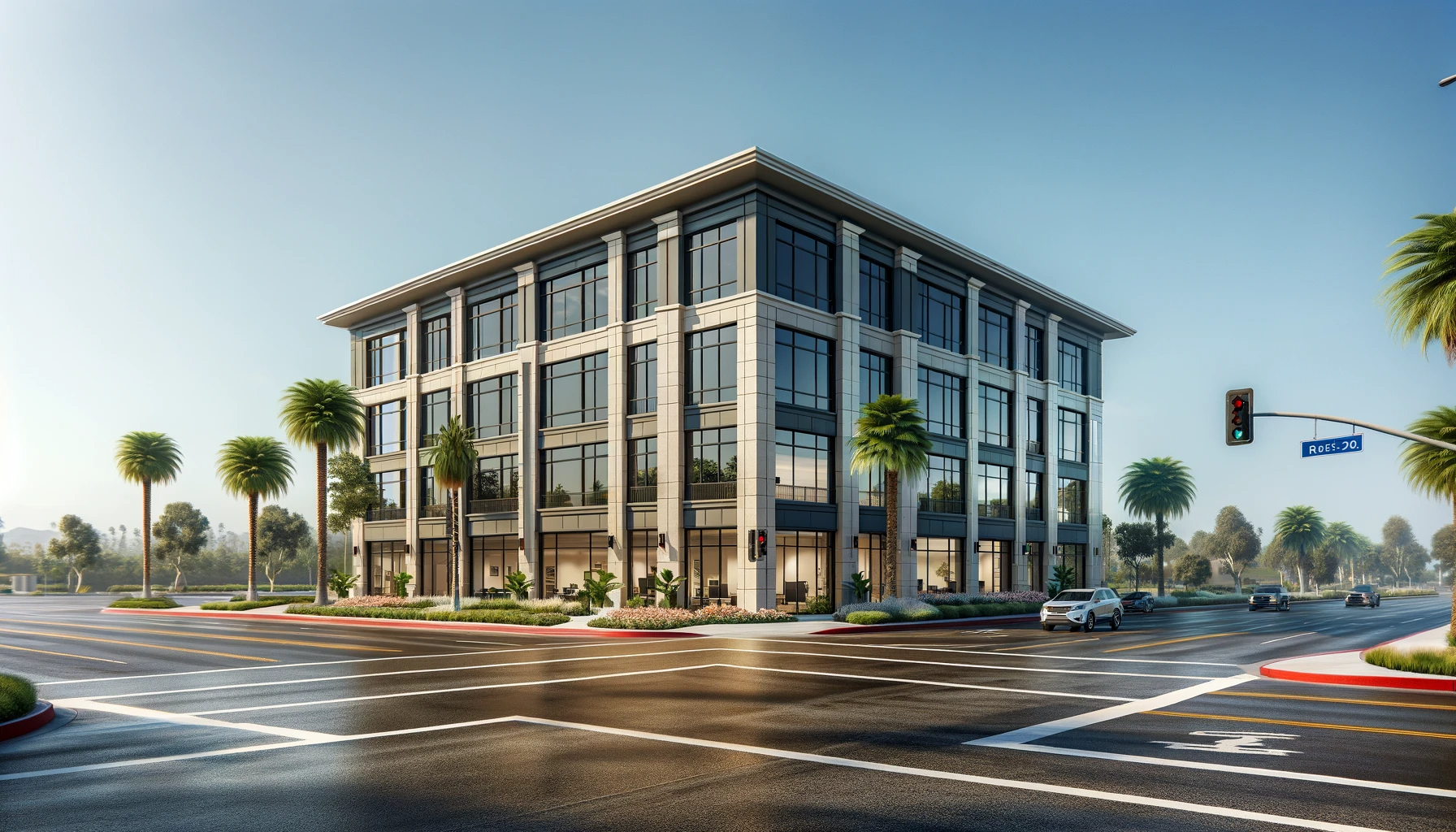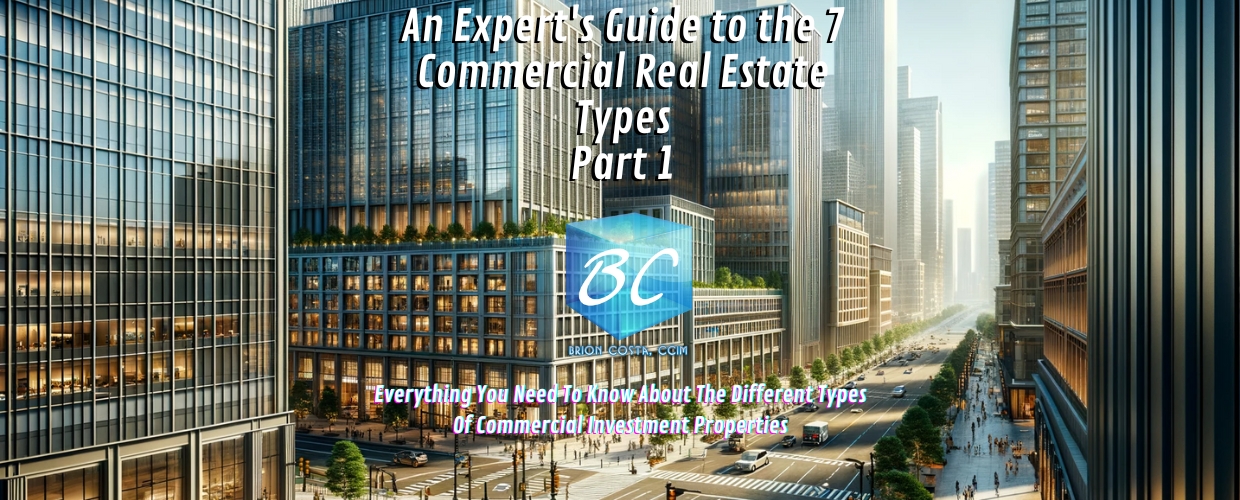To kick off the return of our website, here is the first of a two-part blog post in which we’ll discuss the 7 different types of commercial real estate (CRE). I figured it would be a good idea to start with the basics.
What Is Commercial Real Estate?
Understanding Commercial Real Estate
Commercial real estate (CRE) is a broad term that encompasses various types of properties used exclusively for business purposes. These properties are designed to generate income, whether through leasing space, capital gain, or rental income. Unlike residential real estate, which focuses on living spaces, CRE includes everything from office buildings to industrial warehouses.
The Spectrum of Commercial Real Estate
The CRE market offers a wide range of opportunities for investors and businesses alike. It's a dynamic field that requires an understanding of market trends, property types, and investment strategies. Each type of CRE has unique characteristics and serves different purposes in the real estate market.
What Are the Different Types of Commercial Real Estate?
Overview of Diverse Property Types
The diversity in CRE is vast, ranging from single-tenant retail locations to massive shopping centers, from small office spaces to towering skyscrapers, and from modest multifamily buildings to luxury hotel complexes. This variety allows investors to find properties that align with their investment goals and risk tolerance.
Navigating the Commercial Real Estate Landscape
Understanding the various types of CRE is crucial for making informed decisions. Each category has its unique market drivers, risks, and rewards. This guide aims to navigate you through these different types, highlighting their characteristics and potential in the market.
1 - Office Buildings
Deciphering Office Property Classifications
Office buildings are categorized into three classes: Class A, Class B, and Class C. Class A buildings represent the highest quality spaces in terms of aesthetics, age, amenities, and location. Class B buildings are generally older but still provide functional space, often targeted by investors for renovation. Class C buildings are the oldest, usually in less desirable locations and in need of significant renovation.

A Closer Look At Office Buildings
2 - Retail Properties
The World of Retail Real Estate
Retail properties are spaces used for the sale of goods and services. This category includes a range of formats, from individual stores to large shopping malls. The success of retail properties is closely tied to consumer trends, location, and the economic environment.
Types of Retail Spaces
3 - Industrial Properties
Industrial Real Estate: An Overview
Industrial properties are used for manufacturing, production, storage, and distribution of goods. They are typically located outside of urban areas, primarily due to their size and the need for transportation access.
Varieties of Industrial Spaces
As you can see, the different types of CRE properties present different advantages and demands on an owner or manager. That’s where a good financial advisor, knowledgeable in the world of CRE, can be invaluable when you are considering which type of investment is right for you. As always, if you have questions, feel free to contact me at any time. As a Certified Commercial Investment Member (CCIM), I’d be glad to assess your situation and help you get involved in Commercial Real Estate Investment.
We’ll be back with further discussion of the different types of CRE properties tomorrow!
Brion Costa, CCIM
Century 21, Commercial
626-695-7385
DRE#: 00939864


